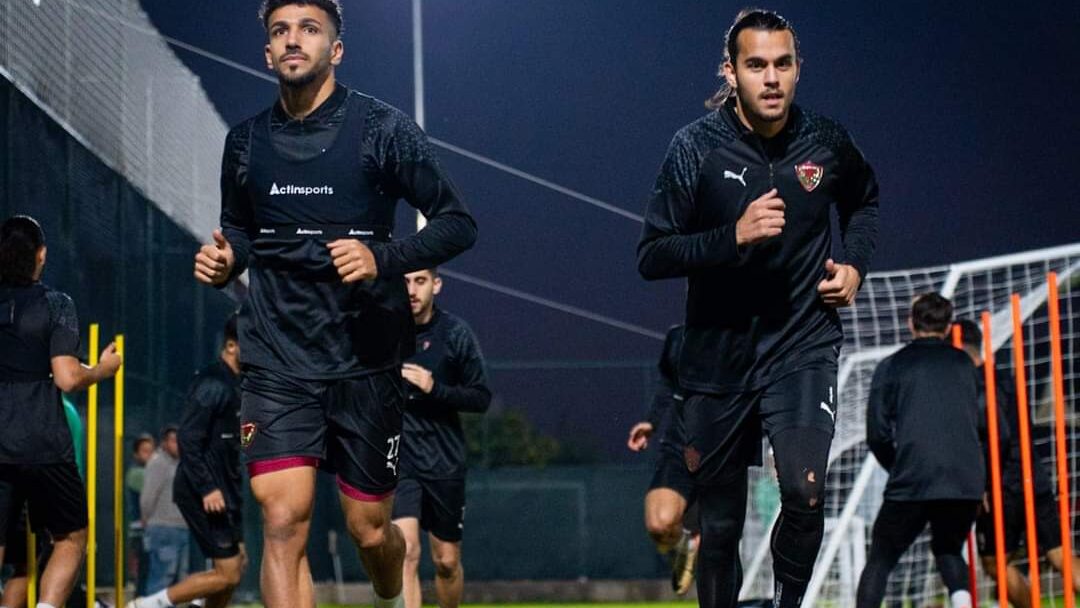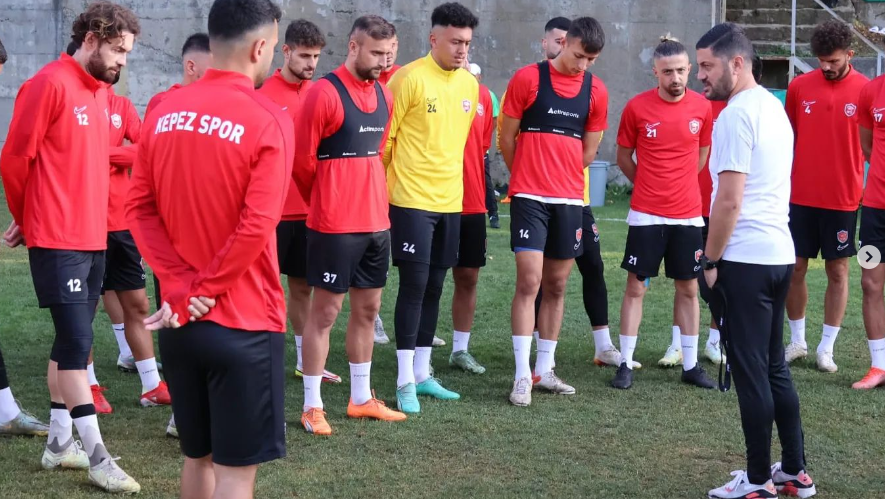Football is an intense and physically demanding sport that requires strength, agility, and endurance. However, the risk of injury is always present. To keep players on the field and performing at their best, injury prevention should be a priority. Here are some essential strategies for reducing the likelihood of injuries in football.
1. Proper Warm-Up and Cool-Down
One of the simplest yet most effective ways to prevent injuries is through structured warm-up and cool-down routines. A dynamic warm-up that includes jogging, stretching, and mobility drills helps prepare muscles and joints for the physical demands of the game. Likewise, a proper cool-down with static stretching aids in muscle recovery and reduces post-match soreness.
2. Strength and Conditioning Training
Football requires explosive power, speed, and endurance. A well-balanced strength and conditioning program focusing on core stability, lower-body strength, and flexibility can enhance performance while reducing injury risk. Exercises such as squats, lunges, and plyometrics improve muscular strength and coordination, making players more resilient to impacts and sudden movements.
3. Neuromuscular Training
Many injuries, particularly ACL tears, occur due to poor movement mechanics. Neuromuscular training programs that include balance exercises, agility drills, and plyometric training can improve coordination and proprioception, helping players control their body movements more effectively.
4. Proper Footwear and Equipment
Wearing the right footwear based on playing surface conditions is crucial. Cleats with proper traction can prevent slips and falls, while shin guards provide additional protection. Additionally, ensuring that all equipment, including compression gear and ankle braces, is in good condition can minimize injury risks.
5. Load Management and Recovery
Overtraining is a common cause of injuries. Coaches and players must monitor training loads and recovery periods to prevent overuse injuries such as stress fractures and muscle strains. Proper hydration, nutrition, and sleep are also essential in maintaining peak physical condition and allowing the body to recover effectively.
6. Flexibility and Mobility Work
Tight muscles can lead to imbalances and increase the likelihood of injuries. Regular flexibility training, including yoga or mobility exercises, can help maintain a full range of motion in joints and muscles. This is especially important for preventing hamstring and groin injuries.
7. Technique and Movement Optimization
Proper tackling, landing, and running techniques can significantly reduce injury risks. Coaches should emphasize proper biomechanics and encourage players to practice correct movement patterns, reducing the stress on joints and soft tissues.
8. Injury Monitoring and Rehabilitation
Recognizing early signs of discomfort or minor injuries and addressing them promptly can prevent more serious injuries. Players should communicate with medical staff and coaches about any pain or discomfort. If an injury occurs, a structured rehabilitation program should be followed before returning to full competition.
Conclusion
Injury prevention in football is a combination of preparation, smart training, and recovery. By following these strategies, athletes can stay healthier, perform better, and extend their careers. Football is a demanding sport, but with the right approach, players can reduce the risk of injuries and enjoy the game to its fullest.



